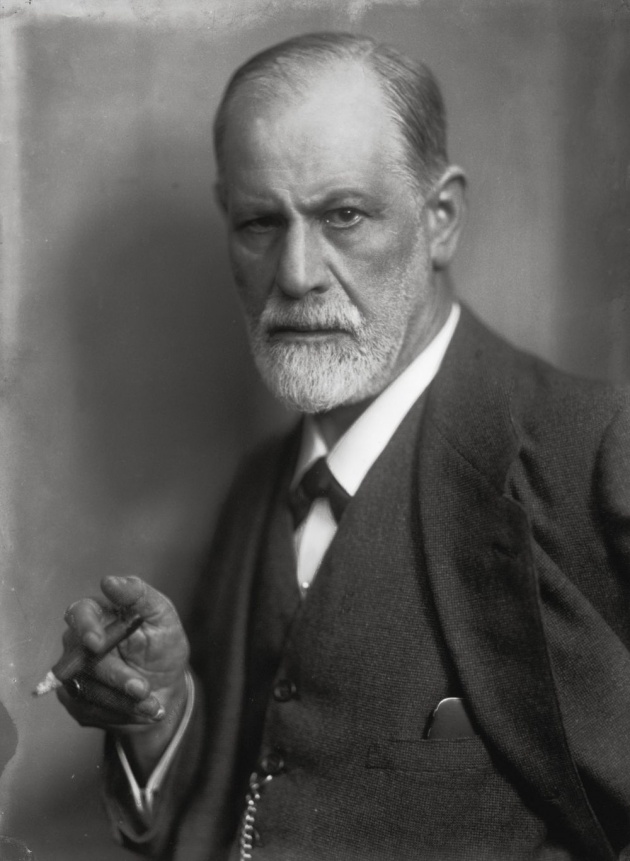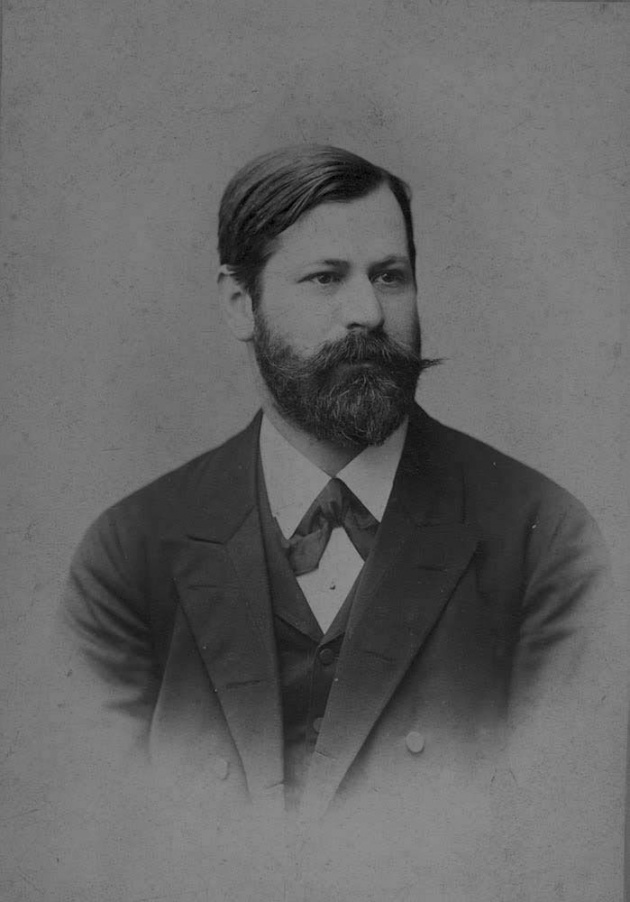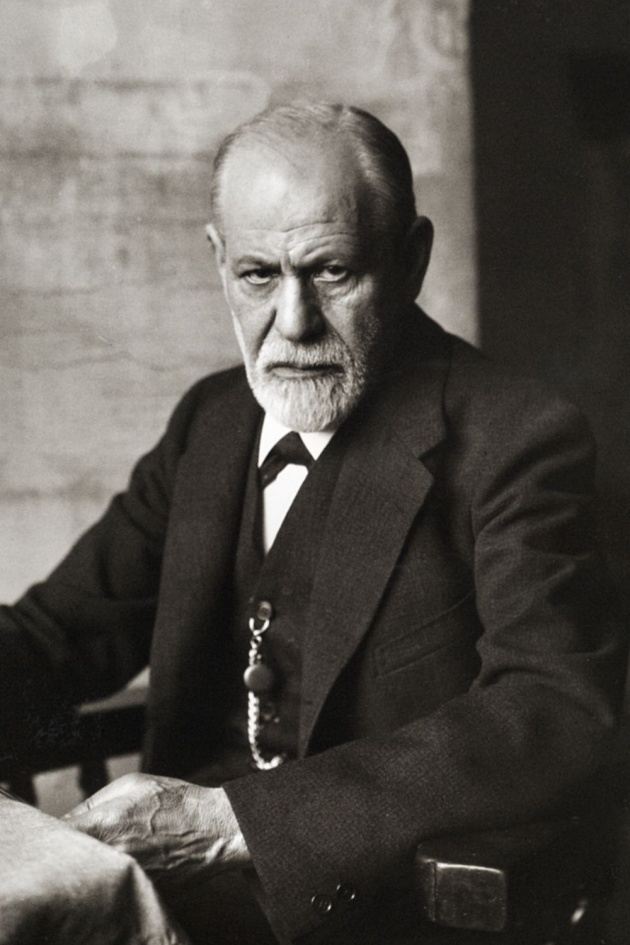Daddy issues, phallic symbols, defense mechanisms, Freudian slips; these are all common phrases thrown around in everyday conversation, a psychological shorthand that points toward the deeper, unconscious thought processes that Sigmund Freud, father of psychoanalysis, brought to life in the late - 19th century. His ideas have been met with both fierce criticism and avid support. For Freud, sometimes a cigar was just a cigar, sometimes it was anything but – a contradictory ideology that propelled him to celebrity during his lifetime and into psychology textbooks for all time.
Little is known of Freud’s early life, as he destroyed his personal papers at least twice, once in 1885 and again in 1907, and a great deal of his personal correspondence and unpublished papers were embargoed by his daughter after his death.But through his ground-breaking work and relationships with other prominent figures, it’s possible to paint a picture of the man who changed the face of modern psychology.
Born in 1856 to Jewish parents in the Moravian town of Příbor, now part of the Czech Republic, Sigismund Schlomo Freud was the oldest of eight children. Despite his family’s financial struggles, he received a good education, proving himself to be an apt pupil and mastering no less than eight languages, including Latin. He loved literature and some have even suggested that his understanding of human psychology stems from William Shakespeare’s plays.
Despite his fondness for the arts and his achievements in this area, Freud joined the University of Vienna’s medical facility aged 17, but he never felt at home in the medical profession. Reports from friends, as well as Freud’s own letters,suggest he was less diligent about his studies than he could have been, instead choosing to focus on scientific research. Interestingly, some of his early research involved studying the sexual organs of eels – an amusing foreshadowing of the theories he would create more than two decades later.
After graduating and subsequently spending a few years working in the field of cerebral anatomy at the Vienna General Hospital, Freud set up a private practice in 1886, specializing in ‘nervous disorders.’ This was a lucrative business, given the Victorians’ tendency to tar almost every ‘invisible’ illness with this brush. This was, after all, a time when women could be forcibly committed to asylums because of ‘hysteria’, which was often nothing more sinister than menstrual cramps or generalized anxiety.
Here, Freud would meet a patient – pseudonym ‘Anna-O’ – who would help set in motion the wheels of his career, as well as modern psychology as we know it. She came to the practice with a severe cough, paralysis, hallucinations and impaired speech, and was invited to talk about her symptoms while under hypnosis. In the course of this ‘talking cure’ (a phrase coined by Anna-O herself), her symptoms appeared to improve, leading Freud to believe that illness could be alleviated by simple ‘free association’; talking freely about whatever ideas or memories occurred to the patient to uncover repressed thoughts and unmet needs. Freud developed this idea further, claiming that dreams too were representative of the unconscious mind. By 1896, Freud had abandoned hypnosis and used the term ‘psychoanalysis’ to refer to his style of work.
But despite this ‘talking cure’, Anna- O’s symptoms eventually worsened, so Freud deduced that her illness was the result of repressed resentment she felt over her father’s illness. Like the many women locked up for hysteria, Anna-O was also institutionalized. Sadly for her, many doctors today agree that she was actually exhibiting signs of epilepsy.
TO BE CONTINUED...
SIGMUND FREUD (The Man Who Changed The Face Of Modern Psychology) (Part 1)
Posted on at



